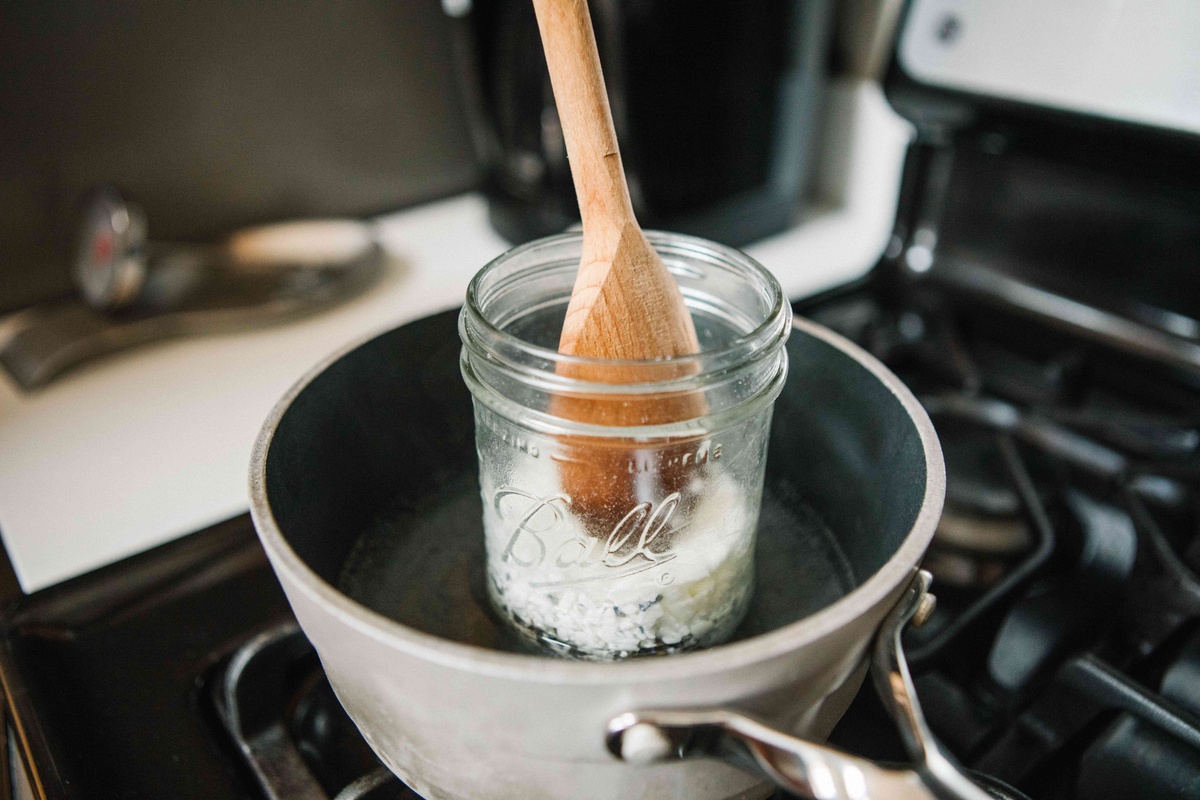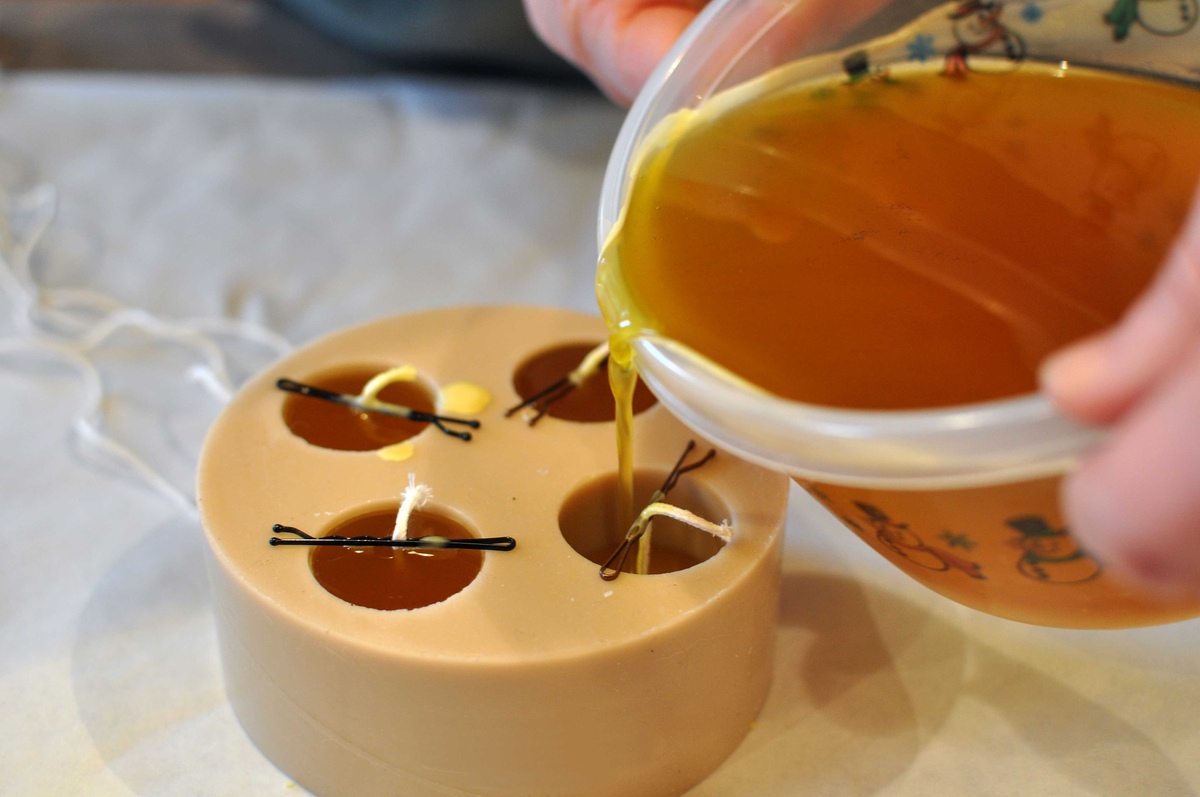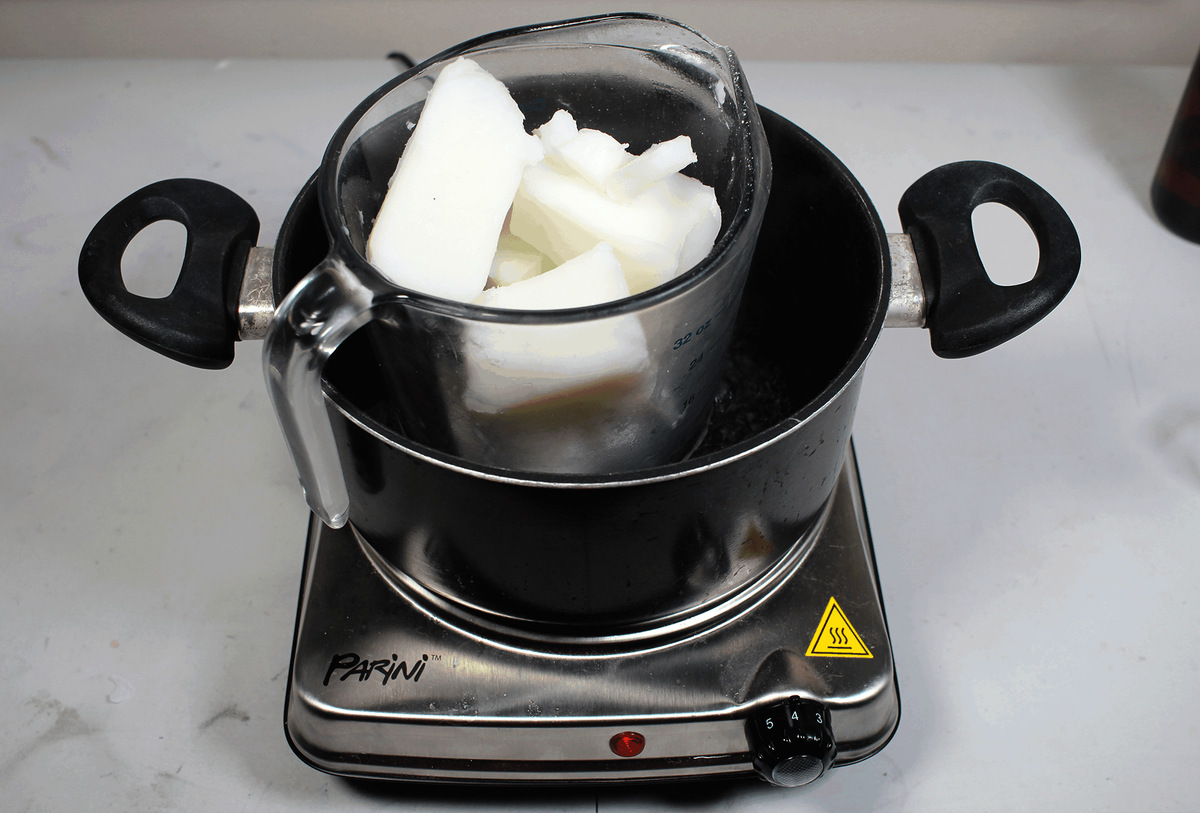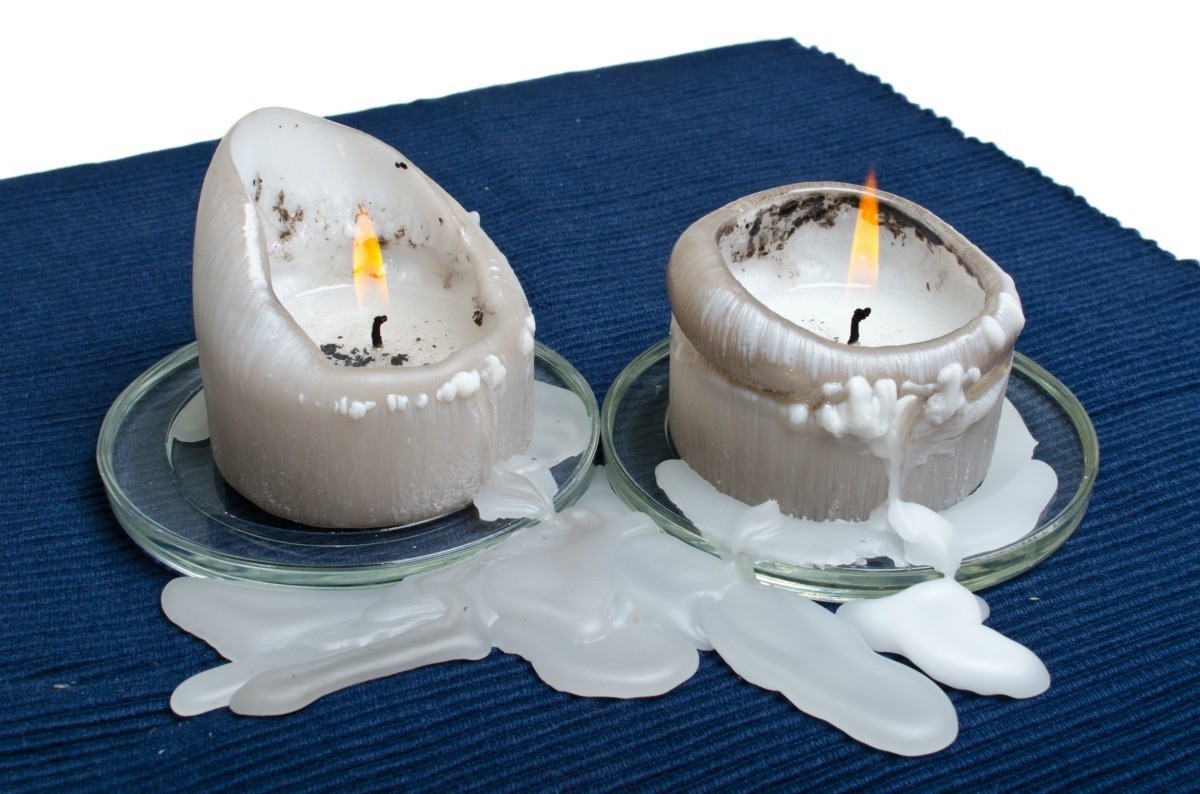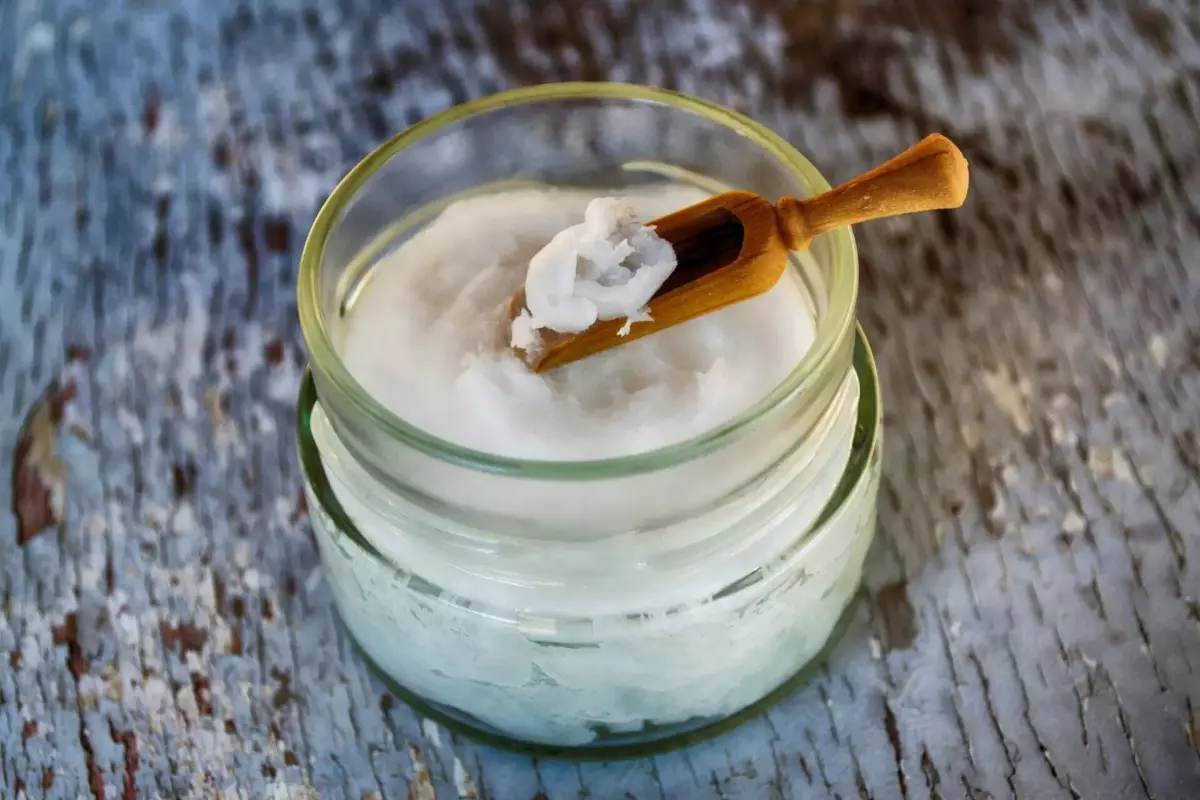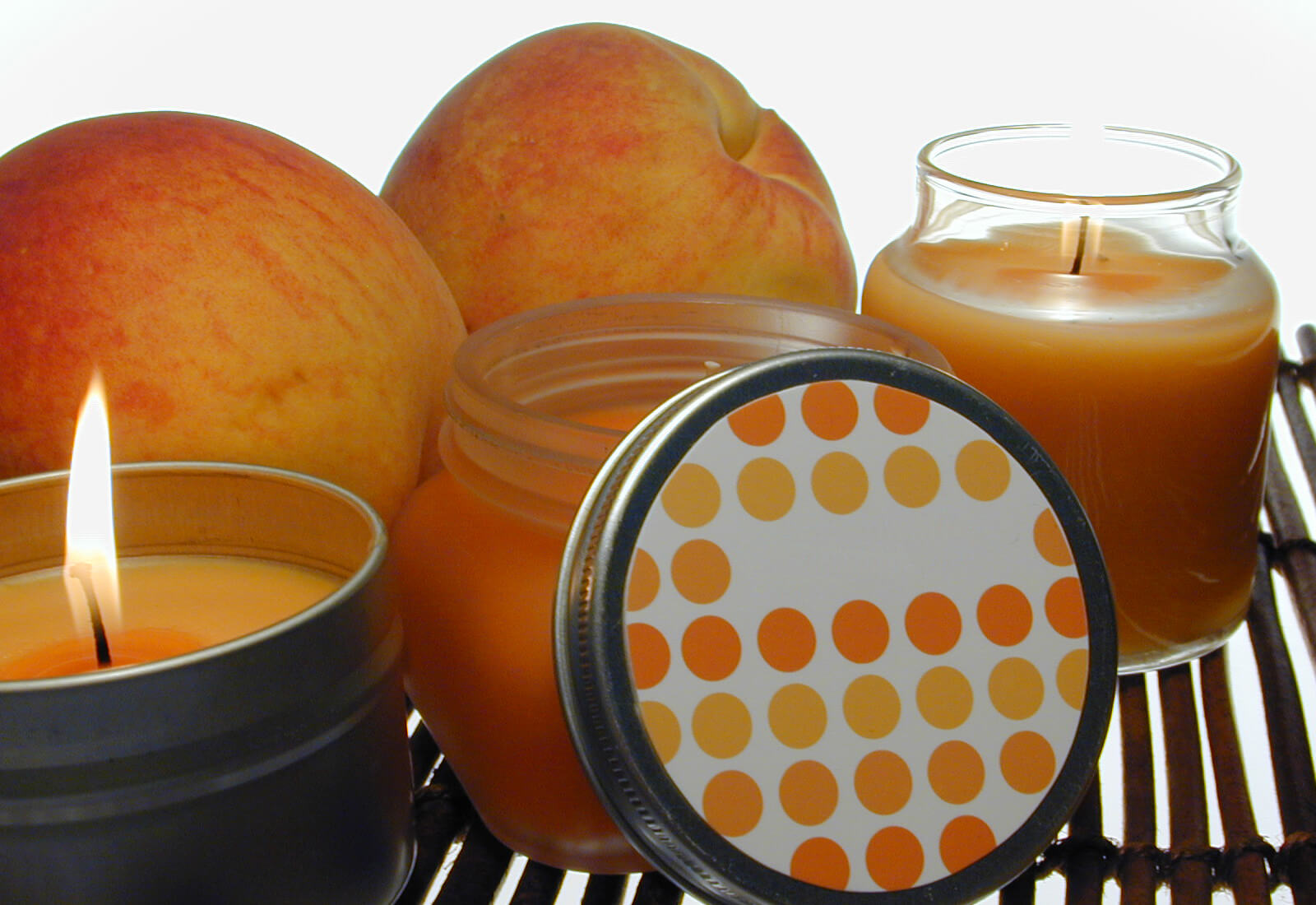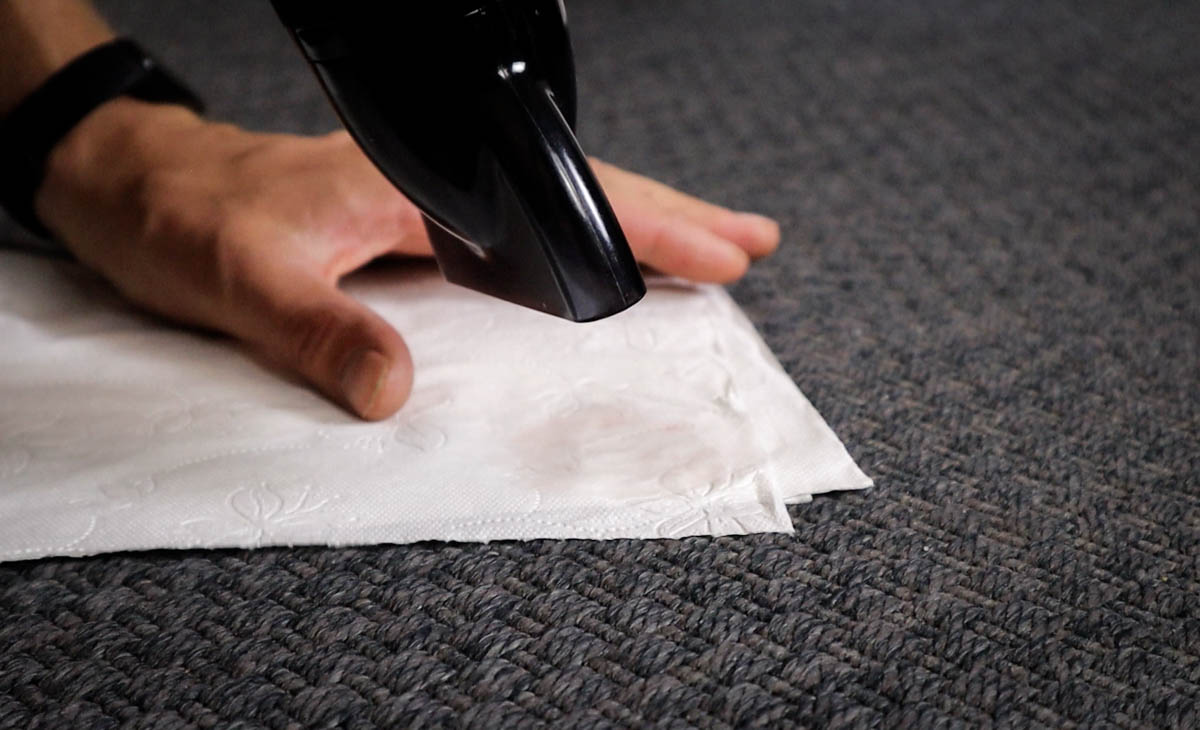

Articles
What Wax Is Best For Candles
Modified: August 27, 2024
Discover the best articles on what wax is best for candles, including soy, beeswax, and paraffin. Learn about their benefits, properties, and how to choose the right wax for a superior candle-making experience.
(Many of the links in this article redirect to a specific reviewed product. Your purchase of these products through affiliate links helps to generate commission for Storables.com, at no extra cost. Learn more)
Introduction
Candles have been a staple of human civilization for centuries. They provide not only a source of light but also a comforting ambiance and a pleasant fragrance. Today, there are countless options when it comes to choosing the type of wax for candles. Each wax has its own unique qualities, burning characteristics, and environmental impact. In this article, we will explore some of the best wax options for candles, discussing their benefits and applications.
When selecting a wax for your candles, it is important to consider factors such as burn time, scent throw, and eco-friendliness. Additionally, some waxes are better suited for certain types of candles, such as pillars, votives, or container candles. By understanding the characteristics of different waxes, you can make an informed decision and create the best candles for your needs.
Now, let’s delve into the various types of waxes that are commonly used in candle making.
Key Takeaways:
- Choose soy wax for eco-friendly, long-lasting candles with strong scent throw and clean-burning qualities. It’s versatile, easy to work with, and offers a polished, elegant appearance.
- Opt for beeswax for a natural, luxurious candle experience with a delightful honey scent, long burn time, and air purifying properties. It’s a premium choice for a cozy ambiance.
Read more: What Candles Are Safe For Wax Play
Soy Wax
Soy wax is a natural wax that is derived from soybean oil. It has gained immense popularity in recent years due to its renewable and eco-friendly nature. Soy wax is made from the oil extracted from soybeans, which are a sustainable resource and readily available. This makes soy wax a great choice for environmentally conscious candle makers.
One of the key advantages of using soy wax is its clean and slow burn. Soy candles tend to burn longer and cooler than other types of candles, which means you can enjoy the warm glow and soothing aroma for extended periods of time. Additionally, soy wax has excellent scent throw, allowing the fragrance to disperse effectively and fill the room with a delightful aroma.
Soy wax also has a lower melting point compared to other waxes, which means it requires less heat to melt and makes the candle making process easier and safer. It is also known for its ability to hold a higher amount of fragrance oils, resulting in highly scented candles. Soy wax is compatible with essential oils and fragrance oils, giving you the freedom to create a wide variety of enticing scents.
Another advantage of soy wax is its clean-burning nature. It produces little to no soot or smoke when burned, creating a healthier and more enjoyable candle experience. Soy wax is also biodegradable, making it a sustainable choice that does not contribute to environmental pollution.
When it comes to aesthetics, soy wax has a smooth and creamy appearance that gives candles a polished and elegant look. It can easily be colored using candle dyes to create beautiful and vibrant candles. Soy wax is also easy to clean, as any spills or drips can be easily wiped away with warm, soapy water.
Overall, soy wax is a versatile and environmentally friendly option for candle making. With its long burn time, strong scent throw, and clean-burning qualities, soy wax candles are sure to please both candle enthusiasts and the planet.
Beeswax
Beeswax is a natural wax that is produced by honeybees. It has been used for centuries and is known for its unique characteristics and benefits. Beeswax is obtained from honeycombs where honeybees store their honey. This wax is then harvested and used for various applications, including candle making.
One of the most notable qualities of beeswax is its enticing natural aroma. When burned, beeswax candles release a sweet and subtle honey scent that adds a touch of warmth and coziness to any space. The natural fragrance of beeswax is often preferred by those who want to avoid synthetic or heavily scented candles.
In addition to its fragrance, beeswax candles have a long burn time. This is because beeswax has a high melting point, allowing the candle to burn slowly and evenly. As a result, beeswax candles tend to last longer than candles made from other waxes.
Beeswax candles also emit a warm, golden glow when lit. The natural color of beeswax ranges from pale yellow to deep amber, giving the candles a beautiful and rustic appearance. Many people appreciate the unique aesthetic appeal of beeswax candles and use them as decorative pieces in their homes or for special occasions.
Another advantage of beeswax candles is their natural air purifying properties. When beeswax is burned, it releases negative ions that help neutralize pollutants, allergens, and odors in the air. This makes beeswax candles a healthier choice for those who suffer from allergies or respiratory issues.
However, it is important to note that beeswax is a more expensive wax compared to other options. The cost of production and the limited supply contribute to its higher price point. Despite the higher cost, many candle enthusiasts appreciate the unique qualities and benefits of beeswax, making it a popular choice for those seeking a natural and luxurious candle experience.
Overall, beeswax is a premium and environmentally friendly choice for candle making. Its natural scent, long burn time, warm glow, and air purifying properties make beeswax candles a delightful addition to any space.
Paraffin Wax
Paraffin wax is one of the most commonly used waxes in the candle making industry. It is derived from petroleum and undergoes a refining process to create a wax that is suitable for candle production. Paraffin wax is known for its versatility, affordability, and ease of use.
One of the main advantages of paraffin wax is its wide availability and cost-effectiveness. As a byproduct of the oil refining process, paraffin wax is readily available in large quantities, making it a cost-effective option for candle makers. The lower price point of paraffin wax makes it a popular choice for those who want to create candles on a budget or in bulk.
Paraffin wax also has excellent scent throw, meaning it can effectively carry and distribute fragrances throughout the area when the candle is lit. This makes paraffin wax candles a great choice for those who want to enjoy strong and long-lasting scents in their space.
Furthermore, paraffin wax has a high melting point, which allows candles to burn at a higher temperature. This results in a faster and more efficient burn, providing a substantial amount of light and heat. The higher melting point also makes paraffin wax suitable for creating pillar and votive candles that require a more stable structure.
Paraffin wax can be easily colored using candle dyes, allowing for a vast array of vibrant and eye-catching candle designs. It is also compatible with a wide range of fragrance oils, enabling candle makers to experiment with various scents and create unique blends.
While paraffin wax has many advantages, it is important to note that it is a petroleum-derived product. This means that paraffin wax candles may produce more soot and emissions compared to other types of candles, such as soy or beeswax. However, advancements in candle manufacturing techniques have led to the development of low-soot or soot-free paraffin waxes, reducing potential environmental impacts.
Overall, paraffin wax is a versatile and cost-effective option for candle making. Its affordability, strong scent throw, and ability to create vibrant candles make it a popular choice among candle makers and consumers alike.
When choosing wax for candles, consider soy wax for a clean burn, paraffin for strong scent throw, and beeswax for a natural option. Experiment to find the best fit for your specific candle-making needs.
Palm Wax
Palm wax is a unique and sustainable wax option that is derived from the oil palm tree. It is a renewable resource that offers several benefits for candle making. Palm wax is obtained from the fruit of the oil palm tree, making it an eco-friendly choice compared to petroleum-based waxes.
One of the notable characteristics of palm wax is its natural crystalline structure. When cooled, palm wax candles display a beautiful and unique feather-like pattern on the surface. This natural aesthetic appeal makes palm wax candles a popular choice for decorative or special occasion candles.
Palm wax has a high melting point, which allows candles made from this wax to have a longer burn time. It also has good scent throw, allowing for a strong and pleasant fragrance when the candle is lit. The combination of a longer burn time and good scent throw makes palm wax candles a great option for those who want to enjoy their candles for extended periods with a delightful aroma.
Furthermore, palm wax has excellent heat-resistant properties, making it suitable for creating candles designed to withstand higher temperatures, such as container candles or candles for outdoor use. This makes palm wax candles a versatile option for various candle applications.
Additionally, palm wax is known for its clean-burning nature. It produces minimal soot and smoke when burned, resulting in a cleaner and healthier candle experience. This is especially beneficial for individuals who are sensitive to airborne particles or have respiratory concerns.
It is important to note that the sourcing of palm wax can have environmental implications. Unsustainable methods of palm oil production, such as deforestation and habitat destruction, can contribute to the loss of natural habitats and biodiversity. However, there are sustainable and certified sources of palm wax available, ensuring that environmentally responsible practices are followed.
Overall, palm wax offers a unique and eco-friendly option for candle making. Its natural crystalline appearance, long burn time, good scent throw, and clean-burning properties make palm wax candles a visually appealing and environmentally conscious choice.
Read more: What To Do With Old Wax Candles
Coconut Wax
Coconut wax is a natural and sustainable wax option that is derived from the meat of coconuts. It is a relatively new wax on the market but has gained popularity due to its excellent qualities for candle making. Coconut wax is a byproduct of the coconut industry, making it a renewable and eco-friendly choice.
One of the main advantages of coconut wax is its clean and slow burn. Coconut wax candles have a longer burn time compared to other waxes, allowing you to enjoy the warm glow and enticing fragrance for extended periods. The slow burn of coconut wax ensures that the candle lasts longer, providing excellent value for money.
Coconut wax also has superb scent throw, meaning it effectively carries and disperses fragrance throughout the room. Whether you prefer delicate aromas or bold scents, coconut wax can accommodate a wide range of fragrance oils, resulting in highly scented candles that fill your space with delightful smells.
Another noteworthy quality of coconut wax is its ability to hold a high amount of fragrance oil. This means that coconut wax candles can be strongly scented, providing a powerful and immersive aroma. Additionally, coconut wax has a natural creamy color, giving candles a beautiful and elegant appearance.
Coconut wax has a low melting point, which means it melts quickly and evenly when the candle is lit. This feature makes coconut wax suitable for container candles, allowing the wax to fully melt and pool evenly across the container”s surface. The low melting point also makes coconut wax candles easy to work with during the candle making process.
Coconut wax is also known for its natural and environmentally friendly properties. It is biodegradable and derived from a sustainable resource, making it a responsible choice for eco-conscious candle makers and consumers.
Furthermore, coconut wax has a smooth and creamy texture that enhances the appearance of candles. It is also compatible with a wide range of dyes, allowing for various color options to create visually appealing candles.
In summary, coconut wax offers a natural, sustainable, and high-performing option for candle making. Its long burn time, excellent scent throw, low melting point, and eco-friendly nature make coconut wax candles a popular choice for those seeking an environmentally conscious and aromatic candle experience.
Conclusion
Choosing the right wax for your candles is an essential aspect of candle making. Each type of wax offers unique qualities, burning characteristics, and environmental considerations. Exploring the different wax options allows you to find the best fit for your needs and preferences.
Soy wax is a popular choice for its renewable and eco-friendly nature, with its long burn time, excellent scent throw, and clean-burning qualities. Beeswax offers a natural and luxurious experience, with its pleasant honey scent, long burn time, and air purifying properties. Paraffin wax is a versatile and cost-effective option with good scent throw and the ability to create vibrant candles. Palm wax presents a unique aesthetic appeal, longer burn time, and good heat resistance, while coconut wax offers a clean and slow burn, excellent scent throw, and sustainability.
Ultimately, the best wax for your candles will depend on your specific preferences, the type of candles you want to make, and any environmental considerations you may have. Consider factors such as burn time, scent throw, aesthetic appeal, and eco-friendliness when making your decision.
Regardless of the wax you choose, it is important to practice responsible and sustainable candle making. Look for eco-friendly and sustainably sourced options, and consider the impact of your choices on the environment.
Whichever wax you select, creating candles with attention to detail, quality ingredients, and creativity will result in beautiful and enjoyable products. Whether you are making candles for personal use or as gifts, the right wax can enhance the overall experience and create a warm and inviting ambiance in any space.
Remember to experiment, have fun, and continue exploring different waxes and techniques to expand your candle making skills and create candles that bring joy to yourself and others.
Frequently Asked Questions about What Wax Is Best For Candles
Was this page helpful?
At Storables.com, we guarantee accurate and reliable information. Our content, validated by Expert Board Contributors, is crafted following stringent Editorial Policies. We're committed to providing you with well-researched, expert-backed insights for all your informational needs.
